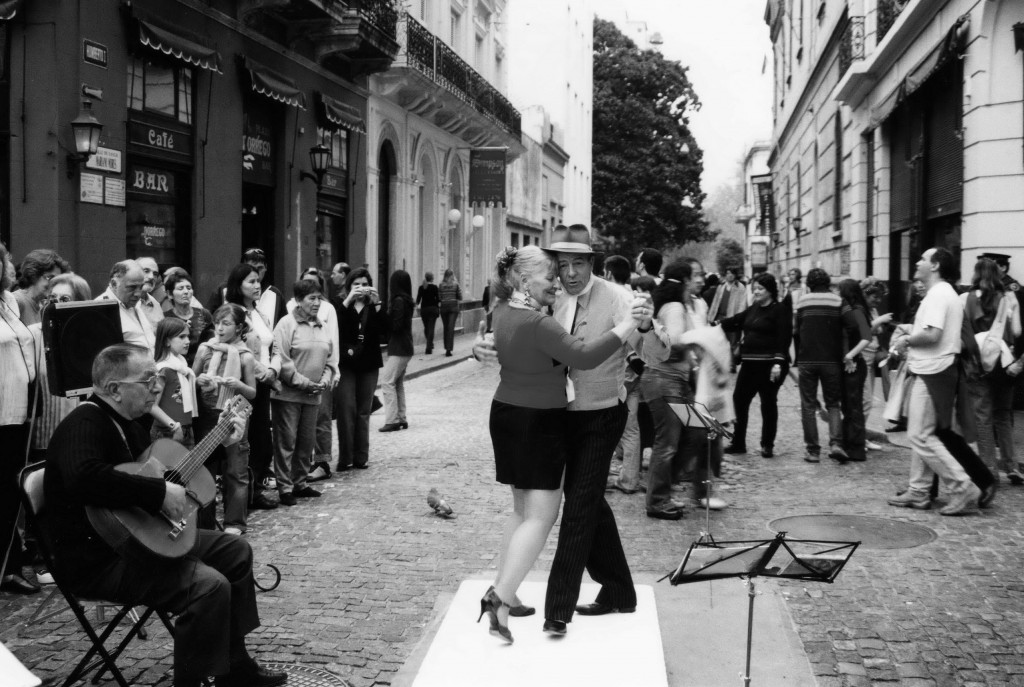A BRIEF HISTORY OF TANGO

Between 1850-1890 a dance was born in the impoverished working-class neighbourhoods of Buenos Aires. The working-class mixed the Cuban ‘habanera, with the Argentine ‘milonga’ and ‘candombe’ to create a passionate and seductive dance. The African community infused the dance with their ancient African rhythms and the music was developed with influence from the European immigrants. The word ‘Tango’ was first used in connection with the dance in 1890. There are many theories on where the word tango came from, but the most probable origin is from the Latin work ‘tango’ which means ‘to touch’.
Tango quickly became popular throughout society in the early 20th Century as theatres introduced the dance Paris first, and then to Europe, then the rest of the world. Tango became a fundamental expression of Argentine culture
It wasn’t always smooth sailing for the tango. In the 1950s tango started to decline in Argentina due to economic recession, and the banning of public gatherings by the military dictatorship. Tango went underground for 30 years, but it was again Paris that ignited the dance once more. In the 1980’s the stage show ‘Tango Argentino’ opened in Paris which went on to tour across the world and brought the tango back to life.
The dance has developed over the years and a variety of styles now exist. These different styles include the following:
Tango Argentino
Tango Canyengue
Tango Oriental
Tango Liso
Tango Salon
Tango Orillo
Tango Milonguero
Tango Nuevo
Show Tango
Ballroom Tango
Finnish Tango
In 2009 the tango was declared part of the world’s ‘intangible cultural heritage’ by UNESCO.
Today, the tango is one of the most popular dances in the world and is known to everyone as ‘the dance of love’.
